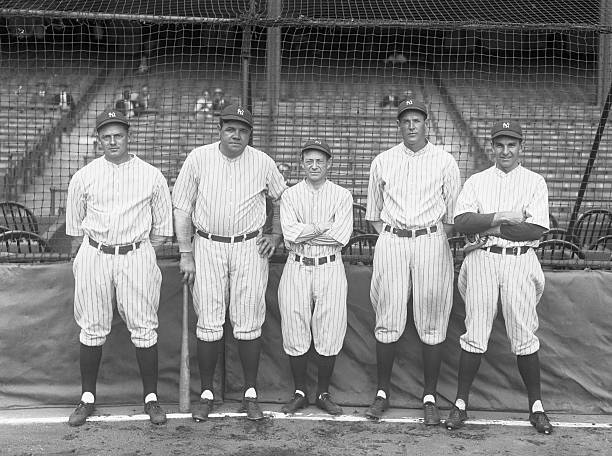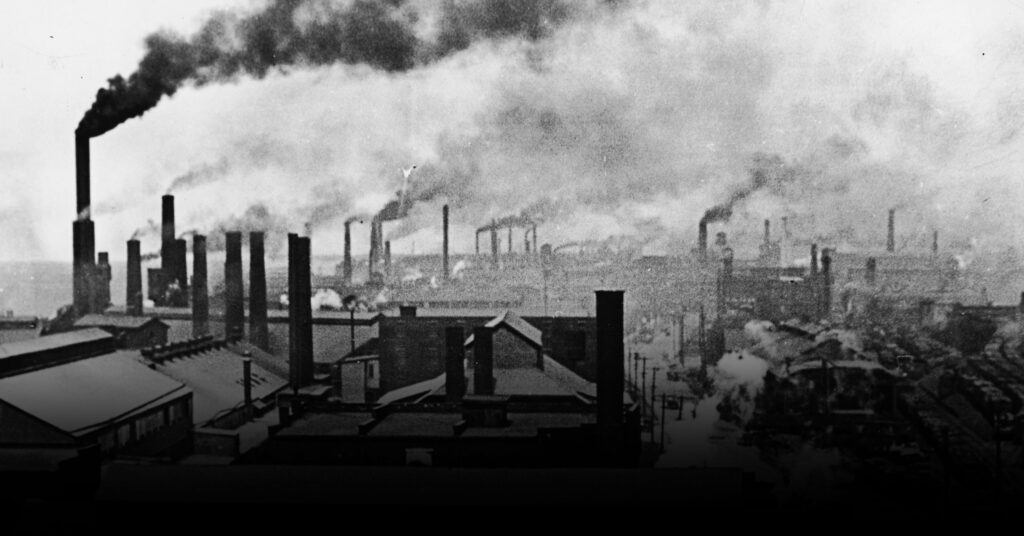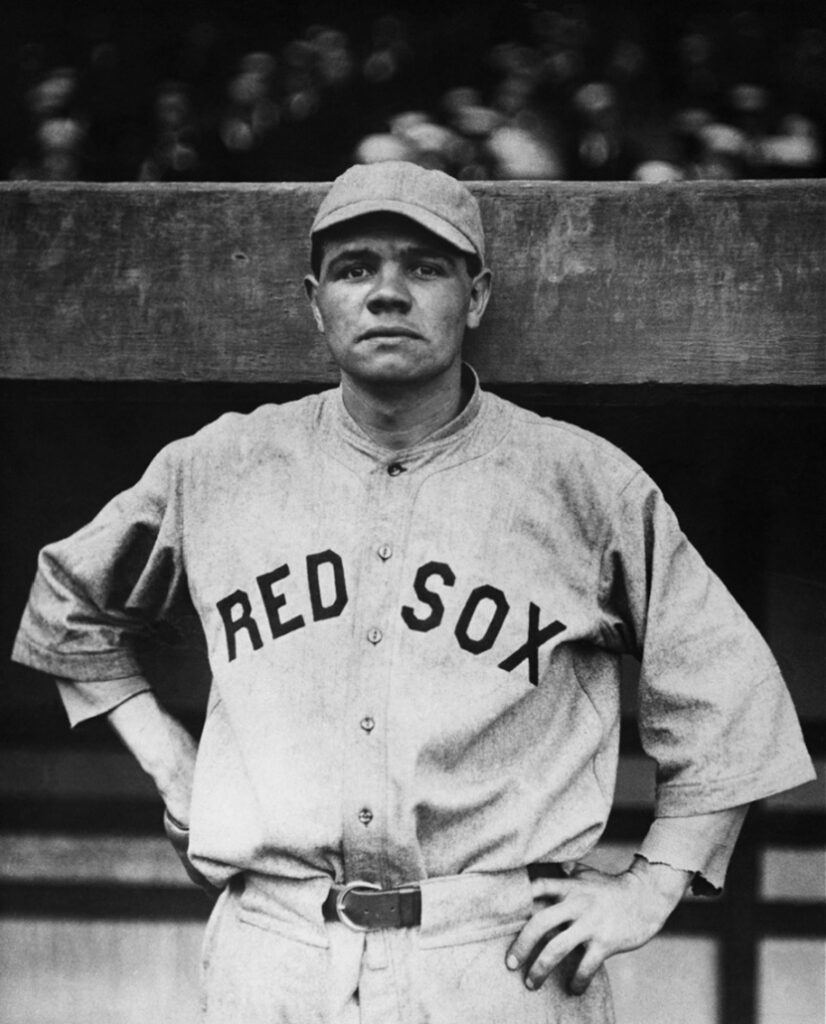1927. Nearly a century ago, the year 1927 hosted the 24th ever Major League Baseball World Series. Behind this championship series existed a culmination of various factors which contributed to the excitement behind the 1927 baseball world series. Why was it so exciting? Why did everyone at the time tune in to watch Babe Ruth win his 5th ever championship? Why was this so important for Americans within the 1920s?
One reason lies in the consumer culture of the 1920s. The rise of industrialization caused consumerism to rapidly grow within American culture. Assembly lines and a fast growing tech industry allowed for significant industrial development. Why is this relevant?
A major reason why all Americans were able to appreciate American baseball is through the production and consumption of technologies such as the radio. As everyone got their hands on radios, media became mainstream to the point where everyone was able to follow the same type of content. Pair this trend with the fact that Babe Ruth was in the midst of a legendary run with the Yankees, it becomes clear that baseball brought excitement to mainstream radio broadcasting. Babe Ruth within the 1920’s suddenly became a celebrity, which was further fueled by the massive celebrity culture of the 1920s. For the first time in American history, everyone was able to idolize the same superstars and celebrities through the rapid spread of media and technology.

Along with technology, the blue collar experience helped the growing popularization of baseball as well. The world of the blue-collard worker was much different than the experience of today’s blue collard work. Modern day blue collard work is a necessary and honorable profession which is important for society to function. Every building in America needs construction workers to build them. Sinks, fountains, and toilets all need plumbing and plumbers for maintenance. Electricity is crucial in supporting society, and as a result, electricians are recognized as an important field. However blue-collard work during the 1920s was significantly more dangerous, tiresome, and worst of all, demoralizing. Blue collard workers were merely parts of an assembly line at a factory. They were unable to develop meaningful skills which could be translated to the real world. While the modern day blue collard workers are able to build and support buildings and infrastructure, the blue collard workers of the 1920s stood in factories all day while completing the most basic and tedious tasks.

One way to motivate workers was through recreation. Industrial workers would participate in baseball and softball events amongst other workers. Playing sports recreationally helped the blue collard workers of the past to remain motivated to work within these factories.
With a vast majority of common American civilians being blue collar workers during the 1920s, it is easy to see why baseball became a popularized sport within America. There is no evidence of any correlation between blue collard work and the love of baseball. However with many factories and industrial companies promoting sports, recreation, and baseball/softball amongst workers, one can see how this trend encouraged the popularization of baseball.
There are a multitude of reasons why the 1927 Major League Baseball World Series was popular during the 1920s. It is impossible to track every trend and context behind the rise of American baseball. However, it is clear that the worker and consumer culture played a major role in popularizing Major League Baseball as a whole. Stars like Babe Ruth eventually became the face of this trend.

Dumenil, Lynn. The Modern Temper: American Culture and Society in the 1920s. Hill and Wang, 2007.
